Table of contents
What is the Amala of Xangô
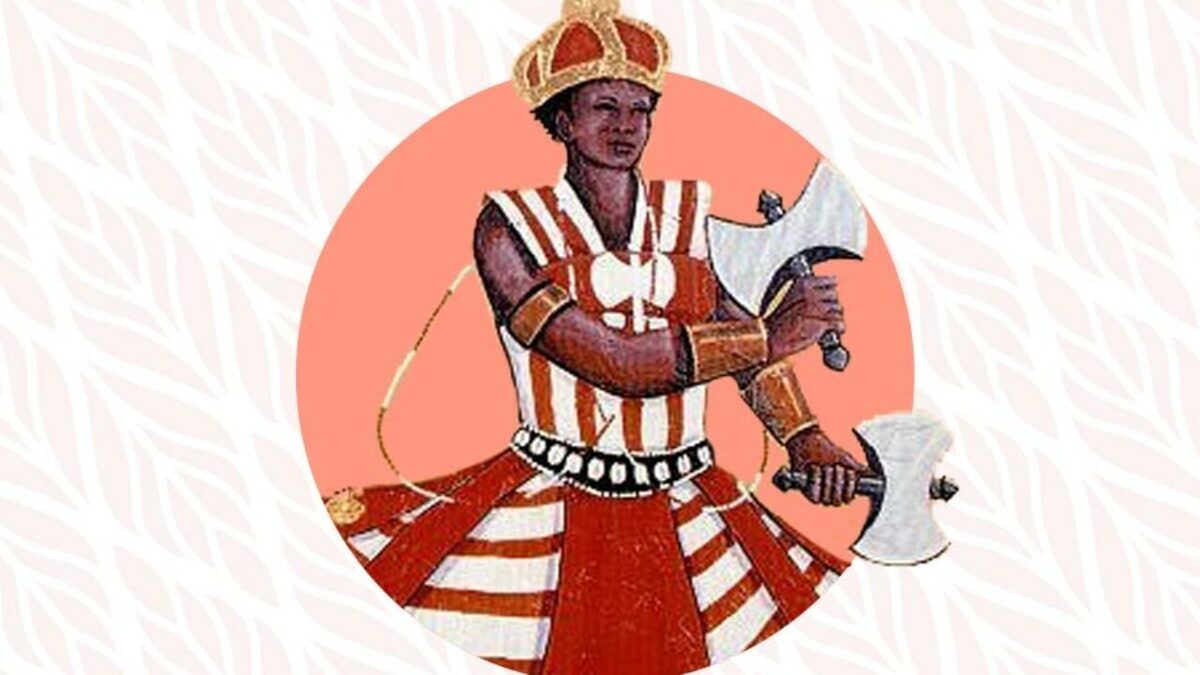
The Amalá is one of several offerings offered to an orixá. The practitioners of Afro-Brazilian religions perform the preparation of the delicacy to please the entity. In this case, the article will talk about the Amalá of Xangô.
Xangô is considered to be one of the most powerful entities in the Afro-Brazilian pantheon. He is the god of justice, lightning, thunder and fire. In religious syncretism he is syncretized as Saint Jerônimo. In fact, Xangô's day is celebrated on September 30.
The main representation of the entity is the double-edged axe, here called oxé. Moreover, the tool represents precisely the justice that Xangô defends: impartial, that observes both sides before making a decision.
So learn below how exactly perform the Amala of Xangô. It is noteworthy that when you make the offering, the faithful seeks justice and, moreover, please the orixá.
Amalá of Xangô, what it is for, preparation and tasting

Understand what it is for, how the Amala should be prepared and also how to taste it. Here we will discuss each function of each part of the offering, so that you can make it in the correct way. Check it out!
Amalá, the main ritual food of Xangô
The amalá of Xangô is the main ritual to be offered to the saint. However, it is not made only for this entity. Deities, such as Iansã, also receive this type of offering. However, back to the rite, the amalá is a food made especially for the orixá.
Its composition is quite simple and has few materials. In fact, the offering can be made in two places: at home or outdoors. If it is made at home, the best places for the offering are the backyard or service area. Outdoors, waterfalls or quarries are the ideal places to perform the ritual.
What is Amalá de Xangô for
As it is already known, Xangô is the orixá that rules justice. With his axe, oxé, the deity observes the situation from all sides before making a decision. The faithful who wish to perform the preparation of Amalá seek to resolve issues of justice, request for mercy, as well as health issues and others.
Above all, it also seeks to please the orixá. Therefore, when preparing the Amalá, a prayer is said that Xangô will always be by the side in making decisions. As well as blessing the life of those who make the offering.
The Amalá tasting
The tasting of the Amalá of Xangô must be done with the hands. That's right, you should not use cutlery when eating the offering. Moreover, in many terreiros the tasting is done standing. In fact, it is a time of great importance for those who consume the food.
It is recommended that when eating the Amala de Xangô, those who consume it, do so with a pure heart. And, also, have the desire for pure feelings in their hearts. It is an important part for the ritual to be performed successfully.
After all, according to the belief of Afro-Brazilian religions, the orixá will be present from the beginning of the preparation until its consumption.
How to make the Amala of Xangô
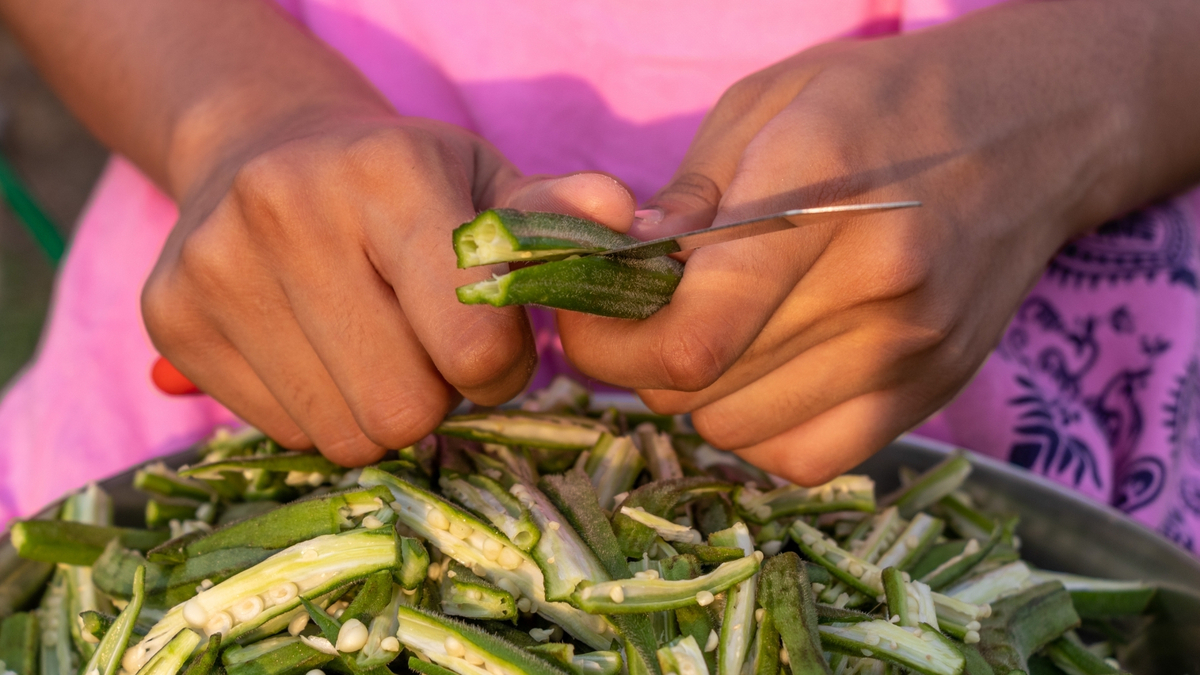
In this section, learn step by step how to prepare the Amalá of Xangô. In addition, learn tips to make this ritual with all the necessary dedication. Finally, understand how to make the offering in various ways, using two key ingredients: okra and rabada. Don't miss out!
Preparation of the Amalá served in Xirê
First of all, it is necessary to define what Xirê is. Originating from the Yoruba language, the word means candomblé song. It is through these songs that each orixá is evoked in the terreiro, especially on feast days.
Therefore, the preparation of the Amalá of Xangô is different. It must start the day before for the mustard to go through the maceration process. Then, a son of Xangô must make the pirão and the sauce, as well as continue with the whole ritual of Amalá.
It is worth remembering that each Xirê is ritualized differently according to religion, but both beliefs have the same goal: to evoke the Orixás.
Preparation with love for the Orixá
The Amalá should be prepared with love, after all it is part of an extremely important ritual. It should go beyond the requests, but it is a rite of adoration to the Orixá. It is a time to give thanks for the blessings received.
Therefore, it is extremely recommended that a son of Shango, when performing the preparation of the Amalá, do it with a pure heart. After all, the Orixá is the god of justice and will know if the whole rite is done with bad intentions.
At the end of the Amala, it is important to place the requests at the bottom of the trough and then place the food on top. Finally, the offering should be placed in a beautiful place.
Recipe for Amalá de Xangô with Okra
Now, we will talk about the recipe to prepare the Amalá de Xangô with Okra. Check the list of ingredients.
1 kg okra;
2 large onions;
100 grams of dried shrimp;
Honey;
Palm oil.
First, you must write your requests or thanks on the white paper. Then, it is time to make the amala. Separate about 8 okra to decorate the amala.
In short, the large onions should be cut into very small pieces and then sautéed in dende oil, which should cover the bottom of the pan. Then add the shrimp and okra, sautéing them until they loosen enough of the slime from the vegetables.
Recipe for the Amalá of Xangô with Okra and Rabada
Here, the same steps as above recipe are followed, just add the rabada.
500 grams of okra;
250 grams of white cornmeal;
1 onion;
Rabada cut into 12 pieces;
1 jar of dende oil.
As in the more traditional recipe, you must separate the okra for decoration, but in this case there will be 12. The rest must be cut into very thin slices. Then, brown and saute the onions, putting the oxtail right after. Let it cook well.
While the meat is cooking, it is time to make the polenta, so in another pan, add cold water and cornmeal. Stir the ingredients until they become creamy.
Bahian and Nigerian Amala and their differences
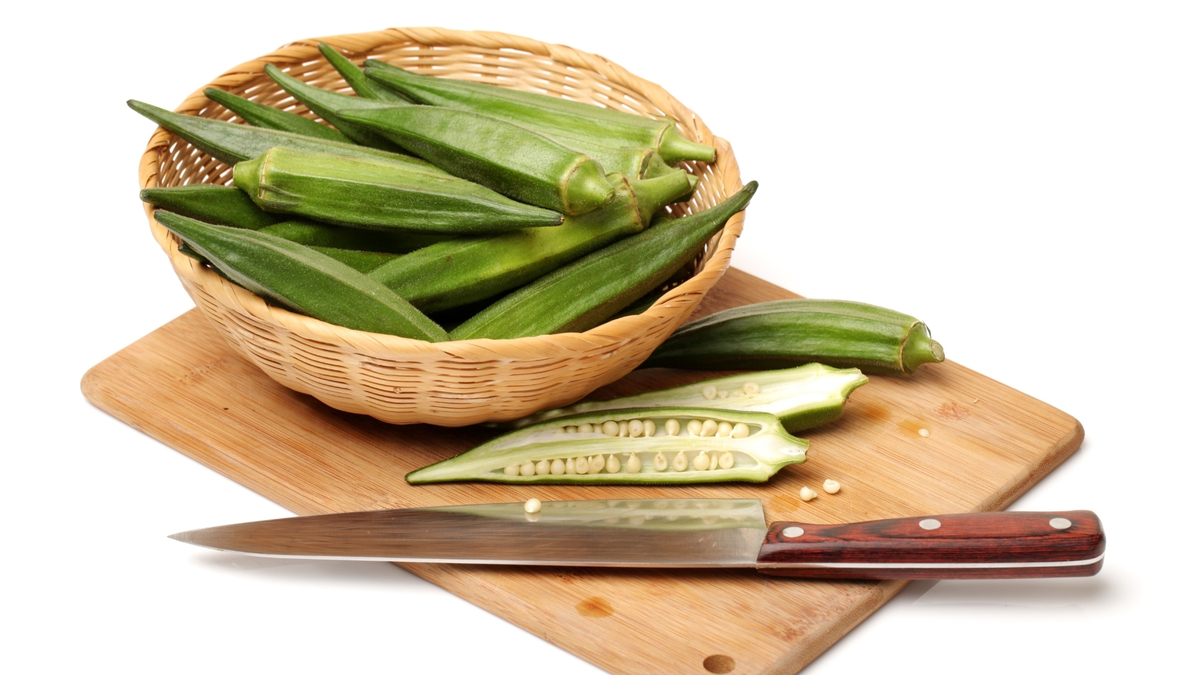
Depending on their origin, amalás can have different recipes. In this topic we will explain the differences between the Bahian and Nigerian amalá. Despite having the same root, the African culture, it is important to know how to prepare each type of offering. Check it out!
The Bahian Amala
It is the most used recipe here in Brazil. The main ingredient is okra, and it may or may not contain beef, such as rabada. The other main items in the recipe are, for example, pepper, cornmeal.
Just like the traditional Bahian cuisine, the Bahian Amalá may contain pepper, and here a large amount is used to make you feel at the time of consumption. Another item that cannot be missing are the various spices.
In this case, onion is commonly found in amalá recipes known in Brazil. And lastly, a less common item is the addition of white acaçá. In fact, amalá can be served together with yam pirão.
The Nigerian Amala
The Nigerian recipe has at least three versions of the same dish: Àmalà Isu, Àmalà Láfún and Àmalà Ogede. In the first, the base ingredient is yam flour, while in the second, it is cassava flour, while in the last one, the basic ingredient is plantains.
Another factor that stands out is that amala is not used in rituals. In fact, it is part of everyday Nigerian cuisine. In addition, it is always complemented with some types of soups. In Nigerian vocabulary, one of the variations is ewedu.
Above all, something that can stand out is that rarely will Nigerian amala have meat on the ingredient list.
The main difference between the dishes
Therefore, the biggest difference between the dishes is that Nigeria's amala is a food enjoyed on a daily basis by the natives of the country. Moreover, it is a dish that gains variety thanks to the basic ingredients, such as yams.
The Bahian one is used almost exclusively for rituals for Xangô, the Orixá of justice. The basic ingredient is also different. Here it's a vegetable: okra. And it clearly has Bahian influences, like the addition of pepper.
So, one can say that the biggest difference is precisely the basic ingredient. Even having an equal root, the African, the Nigerian and Bahian amalás are very different.
Amalás in Umbanda and the Amalás of each orixá
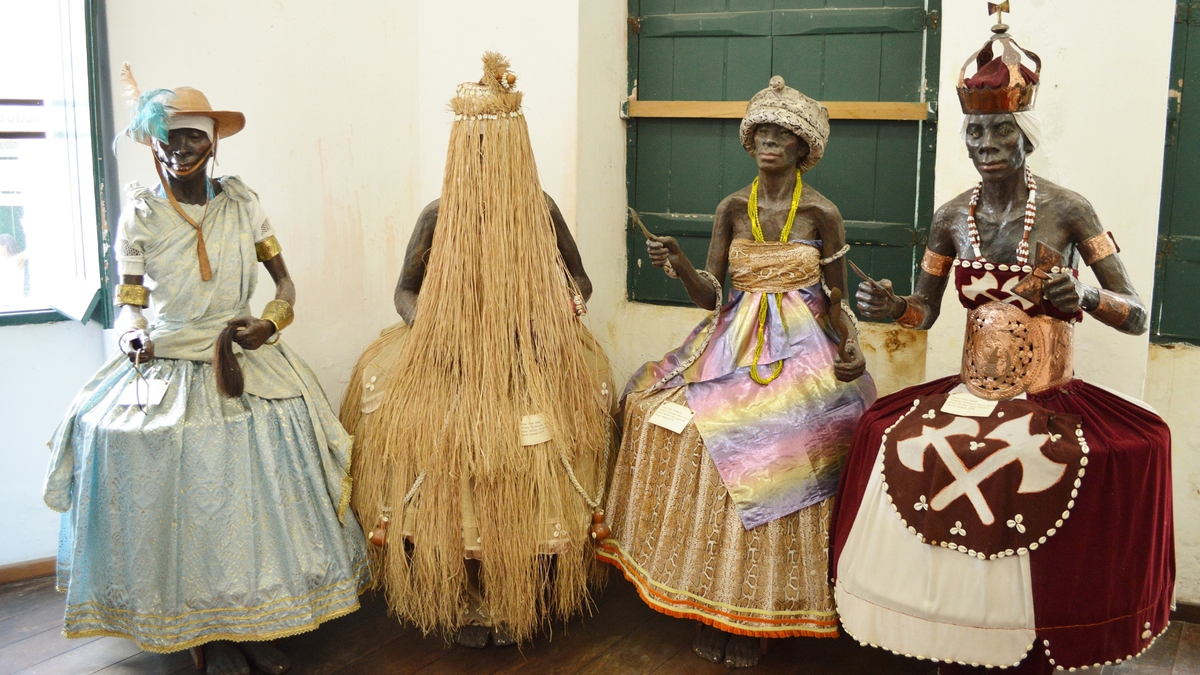
Just as there are differences between the amalás of different regions, there are distinctions between the amalás of different orixás. In this topic, we highlight the rituals performed in Umbanda, an exclusively Brazilian religion. Even the doctrine unites elements of various religions, including Catholicism and Kardecist spiritualism. Check it out!
The Amalá ritual
According to Umbanda belief, the Amalá is a ritual in which the faithful use some elements to make requests to the Orixá, for a specific cause. In fact, usually food is used to make the offering.
However, the Amalá ritual is quite simple. As already mentioned, the person who performs the rite does so with the intention of asking for a certain cause. However, it is worth mentioning that it is also a moment of thanksgiving. One of the points of the Amalá is that when it is time to perform the offering, it is important to choose an open-air location. In other words, waterfalls, quarries, beaches. In short, contact with nature is recommended.
Amalá of Oxalá
Considered the Orixá of life, Oxalá is the father of all in the African pantheon. He is also known for wearing white robes and rules Fridays. The Amalá of Oxalá is quite simple. To perform the ritual you need the following ingredients: 14 white candles, mineral water, white manioc flour, white crockery bowl and white flowers.
For the preparation, you need to use a leaf of a plant like palm tree. On it, you place the white canjica inside the dishes of the same color. The best place to place the offering is outdoors. Therefore, a hill is a great place.
Amalá de Ogum
Ogum is the Orixá that rules the work. He is best known for his religious syncretism: he is associated with Saint George. So much so that his day is celebrated on the same date: April 23rd. His symbol is the sword and the day of the week is Tuesday.
The Amalá of Ogum is composed of fruits (mango sword is a recommended item), shrimp, fish and white beer. 14 candles are used, they can be all white and red, or seven red and seven white. It must also contain 7 cigars.
As a matter of fact, the unloading should be done in a beautiful meadow. Just like Oxalá's Amalá, the offering should be delivered on top of a plant leaf.
Amalá of Yemanjá
Known as the Queen of the Sea, Iemanjá is the most popular Orixá. Generally, offerings to the entity are made, especially on New Year's Day. The faithful usually throw in the waters of the beaches, palms of various colors.
The Amala, however, is different and simpler. 14 candles are needed, 7 white and 7 blue. White roses are mandatory, but if you don't have any, you can use a flower in the same color. As food, the white blancmange.
Another item is to use the champagne that should be poured, carefully, in the Amala. As already evidenced, the ideal place of delivery, is precisely where the entity resides: on the beach.
Amalá of Iansã
In religious syncretism, Iansã is associated with Santa Barbara. The Orixá is the goddess of the winds, thunder, and also the wife of Xangô. Her day is Wednesday and her colors are: pink, brown and red.
The Amalá of the entity is formed by the following items: 7 white and 7 dark yellow candles, acarajé or corn on the cob covered with honey or yellow canjica and mineral water. Just like the other amalás, the offering is offered on a plant leaf.
Another item that should not be forgotten is peach champagne. In addition, the offering should be placed on a rock near a river.
Amalá de Oxóssi
Known as the Orixá of the forests and of knowledge, Oxóssi is also known as the hunting entity in the Afro-Brazilian pantheon. In religious syncretism he is Saint Sebastian, therefore the day he is celebrated is January 20th.
The Amalá of Oxóssi is composed of: white beer, 7 cigars, fish with scales or roasted moranga with corn inside and that should be covered with honey. In addition, it should have 7 green candles and 7 white candles. As the characteristic of the Orixá itself, the offering should be delivered at the entrance of a forest.
Amalá de Oxum
Oxum is one of the most popular Orixás. Goddess of beauty and love, the day she rules is Saturday and her color is yellow. She is also the owner of rivers and waterfalls.
His Amalá carries a lot of the color that is known, so yellow. 7 candles of the color in a lighter shade, yellow flowers, mineral water and canjica of the same color. As already indicates, the place of delivery is next to a waterfall or waterfall.
It is worth noting that in religious syncretism, Oxum corresponds to Our Lady of Conception. Therefore, the day in the calendar is December 8.
Amalá de Preto Velho
His day is May 13, the day of the Abolition of Slavery in Brazil. The Preto Velho is considered one of the most powerful entities in Umbanda. According to the belief, these spirits are evolved and many of them represent African slaves who died of old age.
The most outstanding characteristic of the Preto Velho is wisdom. Generally people who seek advice on aspects of life. The entities also receive affectionate nicknames such as Vovô or Vovó.
The amalá is from Preto Velho and consists of 7 or 14 white or black candles, bean tutu, sweets like cocada, rapadura. And the offering is delivered in a quarry or large stone.
Amalá of Exú
Exú is certainly one of the most mysterious and intriguing entities. In fact, they are messengers, and therefore represent communication. He is the link between the divine and the earthly. His predominant colors are black and red.
The red color is predominant in his Amalá. The offering is composed of 7 red and black candles, cornmeal with pepper, 7 cigars and the drink is marafo, a kind of brandy. The place of delivery, here, can vary. For Exus of the cemetery and of the souls, the ideal place is the crossroads or the cemetery gate.
Amalá Pombo Gira and Dona Maria Padilha
Pombo Gira and Dona Maria Padilha are considered female exus. Both are spirits that help in love and relationships. They stand out for being women who do not obey social conventions.
The Amala of Pombo Gira is composed of: farofa, white or rosé wine, cigarette with open wallet and some pulled out, red candles and roses, here can be any color. Already the Dona Maria Padilha, is a little different.
Besides, it is composed of fruits like strawberries (21 are used) and the number 7 is present: it is the number of apples and red plums. In this Amala also come candles, but in white color, 7 chocolates, cigarettes and flowers.
Amalá de Criança
Also called Ibejadas, the Legion of Children in Umbanda is guided by São Cosme and São Damião. The day of commemoration is September 27. As the name says, they rule the children and are entities responsible for innocence, naivety.
This theme is also followed in his Amala. The candies and lollipops are usually shaped like a pacifier, but other sweets like jujubes, maria-mole are also accepted. As a drink, guarana soda. There are 7 candles that can be white, pink or blue. The ideal place for the delivery of the offering is a very flowery garden or even a field. The important thing is that it has flowers.
Amalá de Boiadeiro
Spiritual guides who value the balance between humanity and the environment. These are the Boiadeiros. These entities appreciate harmony, and despite their rough appearance, they are quite calm in speech and attitude.
The Amalá de Boiadeiro contains 7 yellow candles. It also uses a bowl to store food: brown rice, black bean stew, rice from Minas Gerais, baked potato, tropeiro rice, rapadura, coconut milk. As a drink, the marafo or coconut milk shake.
Other elements are cigarettes or cigarillos, the flowers of the field. The place to deliver the offering is the choice of a beautiful meadow.
Amalá of Gypsy
The Gypsy Line in Umbanda is still recent, about 25 years, but they have great prominence in the religion. Like the Boiadeiros, they are entities that usually have good advice for those who wish to listen.
The Amala is different for gypsies and gypsies in some aspects. In both cases 3 to 7 colorless wax candles are used. Fruits are recommended, especially apples, peaches and grapes. They should be placed inside a bowl.
Brown rice, small roasted and peeled potatoes, topped with cinnamon and honey all arranged with flowers. For the gypsy, red wine and cigarette or cigarillo. As for the gypsy, white wine and just cigarettes.
Sailor's Amala
The Sailor is an entity that in life, as the name says, works at sea. Therefore, they can be captains, fishermen and other professions related to maritime life. Like the Boiadeiros, they also value harmony. They usually work in the line of Iemanjá and are known for having a powerful pass against negative energies.
As the name implies, the Amalá should be offered at the edge of the beach. And the offering is composed of:
Saltwater fish, white rice, potato with honey, coconut pieces and cigarette. As a drink, the marafo is used. For the flowers, it is recommended to use cloves.
Can anyone prepare an amala of shangô?
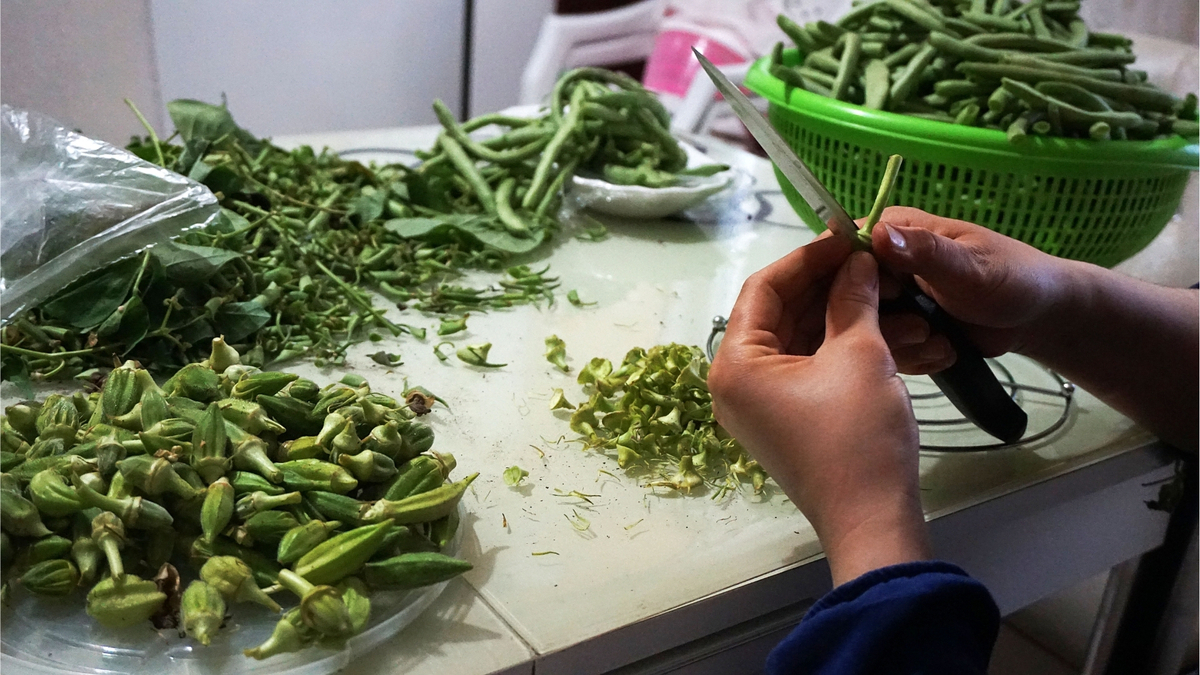
Yes, anyone can prepare an amalá of Xangô. This recipe is not for specific people, despite the need to be aware of the requests and especially to do the step by step correctly. Therefore, the most suitable is to perform the entire preparation of the offering with the help of a saint father.
Moreover, for this reason that many people indicate that only those initiated in candomblé do the Amala of Xangô. After all, they already know how to do, the correct places to put the offering. And, above all, they know how to make the correct requests.
Anyway, being initiated or not, when making the Amala of Shango, it is important to know exactly what is asked for. It is necessary to know the Orixá and after having the request made, it is time to give thanks for the blessings received.

